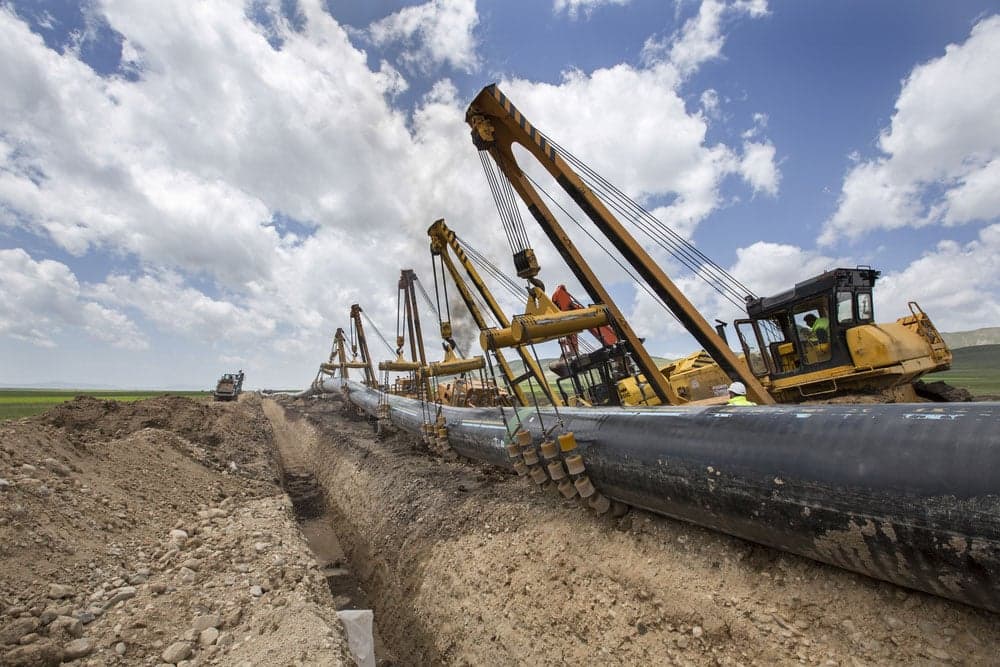Crude inventories in the Permian fell to 15 million barrels in the week ended February 19, the lowest since October.
Crude inventories in West Texas dropped last week to the lowest point in four months after a converted natural gas liquids pipeline began transporting crude from the Permian Basin to the US Gulf Coast, data from market intelligence provider Genscape showed.
Crude inventories in the Permian fell to 15 million barrels in the week ended February 19, the lowest since October and down from a record 22 million barrels in November, according to Kallanish Energy.
The glut had doubled in size from 11 million barrels in August in just five months, according to Genscape. The decline began in mid-November after Plains All American Pipeline LP expanded the capacity of its roughly 300,000 barrels per day (bpd) Sunrise Pipeline.
The drawdown grew this month when Enterprise Products Partners began shipping crude on a converted NGL line, the 200,000 bpd Seminole-Red line, two months ahead of schedule. West Texas Intermediate crude at Midland, Texas, traded at a $1.30 per barrel premium to US crude futures last Thursday, its strongest premium in 13 months.
Midland crude last August had sold at a $18.25 discount to WTI, Reuters reported. Permian Basin output is expected to hit four million barrels per day in March, a one-year increase of more than one million barrels a day, the US Energy Information Administration projected last week in its monthly Drilling Productivity Report.
Three lines carrying 2.39 million barrels a day from the Permian to the Gulf are scheduled to open over the next 18 months.
They include the EPIC pipeline, the Plains All American’s Cactus II pipeline, and the Phillips 66 Partners/Andeavor’s Grey Oak pipeline.

